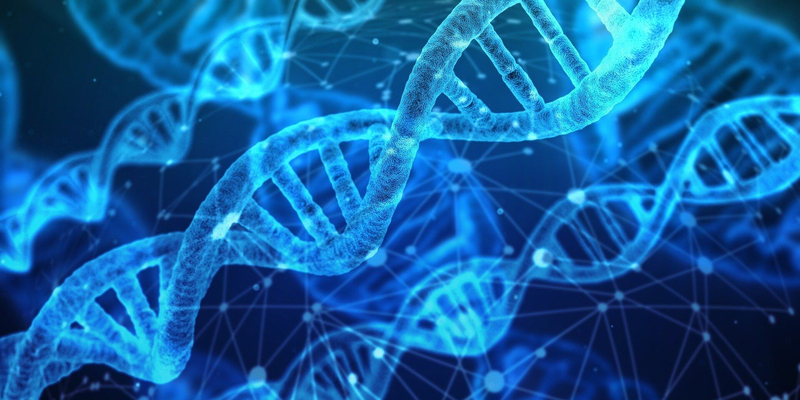Researchers from Prof. Vikkula's group at the Institute de Duve, in close collaboration with the Centre for Vascular Malformations (Prof. Laurence Boon) and the Centre for Human Genetics (Dr. Nicole Revencu) of the Cliniques Universitaires Saint-Luc, discovered a new form of hereditary vascular lesions which they called CM-AVM2.
People with this disease have capillary malformations (CM, better known as "wine stain"), accompanied by arteriovenous malformations (AVM); the latter can have serious consequences on a person's health.
Researchers have found that this disease is caused by mutations in a gene called EPHB4. EPHB4 is known to play an important role in the formation of blood vessels, specifically arteries and veins. The mutations identified in this disease lead to a loss of function of EPHB4, disrupting the signalling pathway within the cells that border the inner surface of blood vessels.
Researchers discovered this disease by studying families in which capillary malformations existed in several people, suggesting that they could be caused by an inherited mutation. These individuals did not have a mutation in the RASA1 gene that the group had previously identified as the cause of CM-AVM1. In the DNA samples from these families, they searched for genetic variants using the so-called Full Exome Sequencing (WES) strategy based on Next Generation Sequencing (NGS) on the UCL genomics platform and Highlander, a bioinformatics software developed by Dr. Raphael Helaers in Prof. M. Vikkula's group. This led to the discovery of mutations in EPHB4 in a series of affected individuals. Subsequently, a larger cohort of samples was specifically screened for this gene leading to the identification of 54 families (110 affected individuals) with an inherited EPHB4 mutation.
Affected individuals in these families have pinkish-red capillary malformations (CM), 25% of which are surrounded by a pale halo. This is a pathognomonic sign for this hereditary disease, as common CMs do not have such a halo. In 18% of affected persons, a vascular lesion characterized by abnormal direct communication between arteries and veins is also discovered. The lesions are usually located in the cervicofacial region, and sometimes in the central nervous system (brain or spine). People with CM-AVM2 often have small telangiectasias (thin red lines) around the mouth and on the chest, which can help in diagnosis.
In the hyper-specialized Vascular Malformations Centre of the Cliniques Universitaires Saint-Luc, CMs are usually treated by laser. However, MVAs are much more difficult to manage. They can cause chronic pain and sores, heavy bleeding, functional impotence and severe aesthetic deformities. Surgery is possible for well-localized lesions. Sometimes, intravascular embolization (blockage of abnormal vessels by a product injected directly into the abnormal arteries) by an interventional radiologist is an option. Patients with extensive lesions cannot be cured and require repeated treatments and follow-up throughout their lives. The discovery of the genetic basis of the disease allows for specialized genetic counselling and, more importantly, provides the basis for developing drugs that interfere with the abnormal signalling mechanism. Such an approach has already been successfully carried out by the group for a related malformation (a venous malformation).
The research was carried out by Mustapha Amyere in Prof. Miikka Vikkula's group at the Duve Institute. The group cooperated closely with the Centre for Vascular Malformations (Prof. Laurence Boon) and the Centre for Human Genetics (Dr Nicole Revencu) at the Saint-Luc University Clinics and with more than 40 clinical collaborators and research institutes from all over the world. The results were recently published in the prestigious cardiovascular journal Circulation.

(Image by Gerd Altmann from Pixabay)
